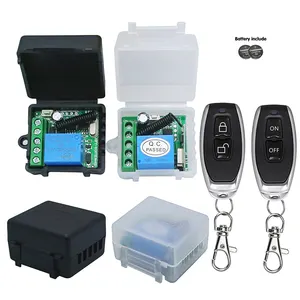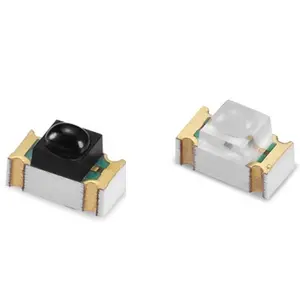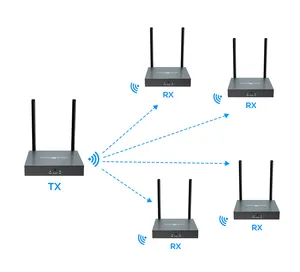Understanding IR Transmitter and Receiver Technology
Infrared (IR) technology is a critical component in modern electronic communication and control systems. An IR transmitter and receiver pair is commonly used in a variety of devices, from simple household remote controls to complex industrial machinery. The transmitter component sends out an IR signal, which is detected by the receiver to perform a designated action. This technology is favored for its reliability and the security it provides against interference from other sources of light.
Types and Applications of IR Communication Systems
The versatility of infrared transmitter and receiver systems is evident in their wide range of types and applications. For instance, an IR LED transmitter and receiver is often employed in television remote controls, while an Arduino IR receiver transmitter is a popular choice for hobbyists and educational purposes, allowing for the creation of custom IR-based projects. In industrial settings, an IR transmitter and receiver module can be used for wireless data transfer between machinery.
Features and Materials of IR Transmitters and Receivers
The construction of an IR receiver and transmitter circuit typically involves materials such as metal or aluminum alloy, which provide durability and stability. Features may include various wavelengths of IR LEDs, sensitivity adjustments, and range enhancements. The design of an infrared receiver transmitter ensures that it can operate effectively within the specified parameters, maintaining the integrity of the signal transmission.
Advantages of Infrared Communication
One of the main advantages of using an IR sensor receiver and transmitter is the level of precision it offers in signal transmission, which is less susceptible to radio frequency interference. Additionally, the IR transmitter and receiver sensor systems are designed for low power consumption, making them an energy-efficient choice for many electronic applications. The simplicity of the IR transmitter receiver circuit also allows for easy integration into a wide array of devices.
Selecting the Right IR Transmitter and Receiver Pair
When choosing an IR transmitter and receiver pair, it is important to consider the intended use, range, and compatibility with existing systems. An infrared sender and receiver designed for a security system, for example, may have different specifications than one intended for a multimedia setup. It is crucial to select components that match the operational requirements of the application to ensure seamless functionality.
Conclusion
The IR transmitter and receiver category encompasses a broad spectrum of devices, each designed to meet specific needs within the realm of wireless infrared communication. While Alibaba.com serves as a platform to connect buyers with a multitude of suppliers offering these components, it is essential to thoroughly evaluate the specifications and features of the available IR transmitter receiver module options to find the most suitable match for your application.










































 浙公网安备 33010002000092号
浙公网安备 33010002000092号 浙B2-20120091-4
浙B2-20120091-4